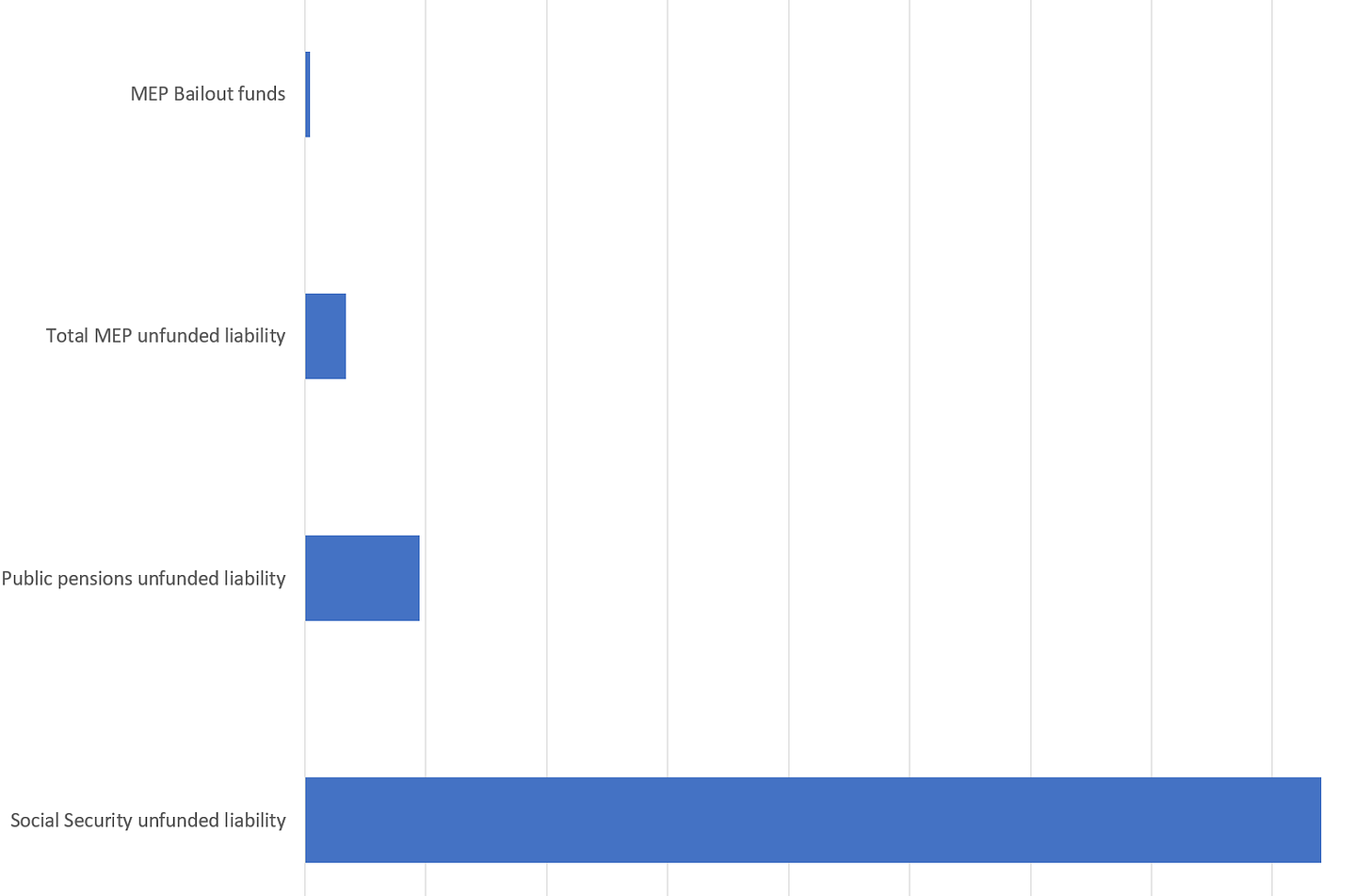Excerpt:
In the shadow of stimulus checks and extra unemployment aid, Democratic lawmakers extended another hand in the $1.9 trillion pandemic relief package: a long-sought bailout for failing private pension plans.
The union-backed provision, touted for years by Representative Richard E. Neal, was signed into law Thursday by President Biden as part of the larger COVID-19 stimulus bill. It promises to set aside an estimated $86 billion — and some say possibly far more — in grants for multi-employer retirement plans that were careening toward insolvency even before the pandemic hit.
Without it, the multi-employer pension plans for more than a million truckers, warehouse and retail workers, and others could collapse, unions and congressional Democrats warn. In New England alone, the measure could help preserve the promised retirements of at least 70,000 Teamster members, union officials said.
Author(s): Matt Stout
Publication Date: 13 March 2021
Publication Site: Boston Globe
